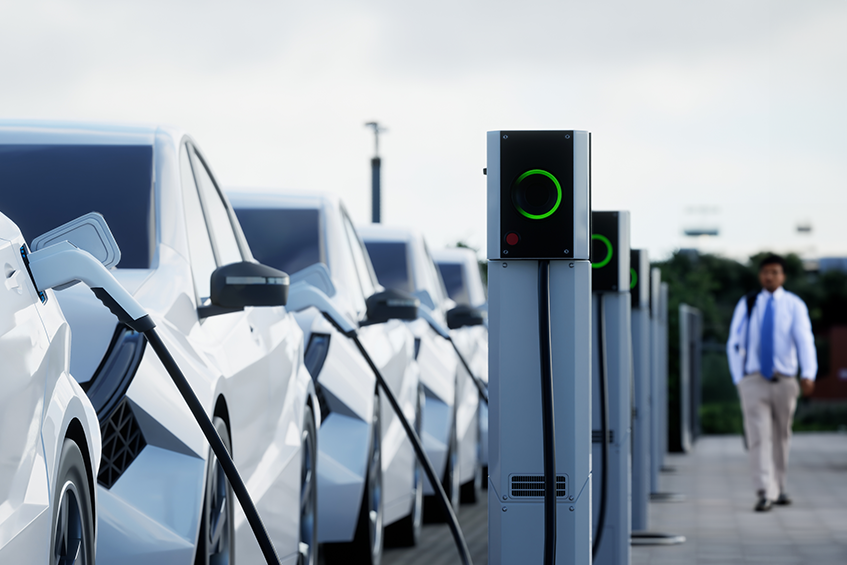Faced with discontent from some European manufacturers, Brussels is opening the door to a review of the ban on sales of internal combustion vehicles. This strategic hesitation could slow down the energy transition and widen the technological gap with Chinese competitors.
A strategic shift for the European automotive industry
On 12 September, the European Commission met with the leading European car manufacturers to discuss the 2035 deadline. The manufacturers want to review the timetable for reducing greenhouse gas (GHG) emissions and are advocating the expansion of sales of plug-in hybrid electric vehicles (PHEVs). They put forward several arguments for this, including insufficient domestic demand and increasingly aggressive Chinese competition. They have now obtained an early review of the revision clause from Brussels by the end of the year, whereas this was initially planned for 2026.
The European market in decline
The downward trend in new car sales was confirmed in the first half of 2025, with a 2% year-on-year decline, following a similar decline in 2024. Internal combustion engine vehicles still account for 40% of sales1 and the end of sales is expected to accelerate the market contraction.
At the same time, European car production fell by 4% over the same period, penalized by fragile order books and a deteriorating export outlook. US customs duties of 15% are weighing on European Union exports.
The rise of Chinese manufacturers
Chinese brands, with low production costs and heavily subsidized by the state, are gaining ground in Europe despite trade barriers. They now account for 13% of electric vehicle sales in Europe, and their local presence through assembly and battery factories could upset the industrial balance of the sector.
European manufacturers, already weakened by electrification targets, face direct competition and a possible reconfiguration of automotive value chains, particularly in Central and Eastern Europe.
A political context less favorable to the 'Green Deal'
The 2024 European elections resulted in a Parliament less favorable to the Commission's environmental agenda. The pivotal position acquired by the European People's Party and Germany's shift towards a conservative government are strengthening the defense of industry at the expense of climate ambitions. The rejection of the fast-track procedure for the 2040 climate law in July 2025 illustrates this change of course.
Towards a more nuanced transition
The target of 100% sales of new electric vehicles in 2035 appears increasingly unrealistic without massive public support. Sales of electric vehicles are expected to reach 2 million units in 2025, representing only 15% of new registrations. For many, allowing hybrid vehicles (PHEVs) to continue to be sold beyond 2035 would offer a transition that is certainly less ambitious but would preserve European competitiveness and industrial capacity while supporting consumers in their shift towards electromobility.
The pragmatic integration of industrial realities and automotive market trends in Europe will determine the success or failure of the automotive transition to all-electric.
Simon Lacoume, Coface Economist.
> Lear more on Automotive sector risks in our analysis
1- 75% if non-rechargeable hybrid cars (HEVs) are included.




